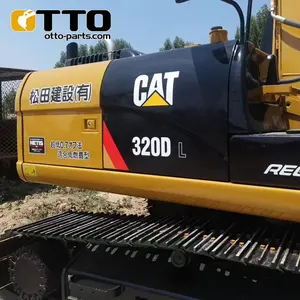
OTTO Cheap Used Excavator Price Second Hand Excavator 320D Used Excavators Japan For CAT Second-Hand

High Cost Performance Mini Excavators Types Of Excavator China Wholesale Machinery Excavator Earth Mini Compact

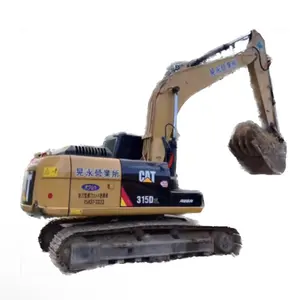
15 Tons CAT315 Medium And Large American Excavator Original Excavator CAT315D Used Crawler Excavator


Used Mini Excavator Owner Selling Used Sany Excavator 2020 Used Excavator China Inventory Trade Test Good Quality


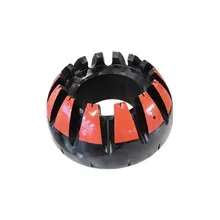
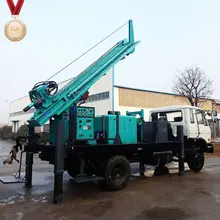







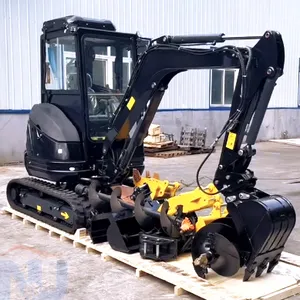
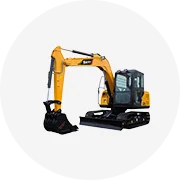











 浙公网安备 33010002000092号
浙公网安备 33010002000092号 浙B2-20120091-4
浙B2-20120091-4